ISSUE NO. 3: REGIONAL NON-TECHNICAL RISK TRENDS AFFECTING OIL AND GAS / ENERGY INVESTMENTS
Investment in the global energy sector has experienced impressive swings in recent years. Sharp declines in oil and gas industry investments have been partially offset by rising investment in renewables. The shift in investment toward renewables has been driven by corporate and national climate change policies, market/consumer demand for lower carbon alternatives, and the continued drop in the cost of developing and operating wind, solar and other technologies. The Energy Information Agency summary below demonstrates the short term trends.

These trends are driven by the world’s largest economies – the OECD and BRIC (Brasil, Russia, India, China) countries, which represent 84% of the world’s economy (World Bank Group, 2017). [1]But, what about the smaller yet emerging markets of the world? Emerging markets are the areas where investors may find untapped opportunities for smaller scale but higher growth energy investments. Traditionally these markets also carry a higher level of uncertainty and risk for investors. But clarifying some of the uncertainty and learning how to better understand and manage the socio-cultural / ESG risk of working in these countries may help create important new pathways for energy industry investment growth.
Acorn International is tracking important energy industry trends in regions that are home to many of these small but potentially high growth energy market economies (the focus areas of our business). Some key trends include:
Government Policies Key to Emerging Market Growth in Renewables
While India, China, US and other large economies dominate spending on renewables, government-led initiatives can create significant opportunities in smaller countries. For example, Morocco, Uruguay, the Philippines, Pakistan, and Honduras all invested more than $500 million in renewable energy generation in 2015 (last year of complete data) as a result of aggressive feed in tariff incentives (UNEP, 2016). [2] Similar policies are under consideration in developing countries world-wide and will continue the trend of country specific investment hot-spots.
Floating LNG Import Terminals Opening New Markets to Natural Gas
LNG liquefaction mega-projects commissioned during times of high oil and gas prices combined with new supply unleashed by fracking have created a global glut of LNG that is reshaping the industry. Once dominated by long term supply contracts, a new spot market is emerging. Low cost, low environmental impact Floating LNG regasification vessels will benefit from this new LNG market and will open new markets. Argentina, Egypt, and Pakistan have led the floating LNG development trend in recent years and Bangladesh, Ivory Coast, South Africa and Panama could be next. With the number of floating storage and regasification units (FSRU) set to grow by 40 percent to 34 vessels over next two years and LNG supplies set to increase by as much as 50 percent between 2015 and 2020, this is a market segment to watch (Shappard, D. 2017). [3]
Countries Re-thinking Regulation of Oil and Gas Sector
Deloitte estimates that the downturn in oil prices curtailed $620 billion of projects through 2020 (Deloitte, 2017). [4] This reduction in capital spending is making countries rethink their competitiveness, both related to financial terms and environmental regulations. This is most prevalent in Latin America, where countries including Argentina, Brazil, Colombia, Mexico, and Peru have onerous requirements. In Peru, for example, Acorn International was engaged to help the government find a way to make its oil industry more attractive to investors, given that nearly 75% of its oil and gas concession areas are shackled under force majeure due primarily to community opposition.
Investing in energy developments in emerging markets can be particularly tricky given the complex and high-stakes socio-political risks and environmental and regulatory challenges. But those equipped to understand these risks more clearly and manage them more reliably may find exceptional and otherwise obscured opportunities for growth. Helping to identify and manage those risks early in the investment process and inform decision making is our core business.
World Bank Group, 2017. Gross Domestic Product Ranking Table.
UNEP, 2016. Global Trends in Renewable Energy Investment. http://fs-unep-centre.org/sites/default/files/publications/globaltrendsinrenewableenergyinvestment2016lowres_0.pdf
Shappard, D. 2017. “Ships steer bullish bets for liquefied natural gas”. Financial Times, January 23, 2017.
Deloitte, 2017. Oil and Gas Industry Outlook 2017. https://www2.deloitte.com/us/en/pages/energy-and-resources/articles/oil-and-gas-industry-outlook.html
_________________________________________________________________________
[1] World Bank Group. 2017. Gross Domestic Product Ranking Table.
[2] UNEP. 2016. Global Trends in Renewable Energy Investment. http://fs-unep-centre.org/sites/default/files/publications/globaltrendsinrenewableenergyinvestment2016lowres_0.pdf
[3] Shappard, D. 2017. “Ships steer bullish bets for liquefied natural gas”. Financial Times, January 23, 2017.
[4] Deloitte. 2017. Oil and Gas Industry Outlook 2017. https://www2.deloitte.com/us/en/pages/energy-and-resources/articles/oil-and-gas-industry-outlook.html
March 2017
News & Notes

Acorn International
1702 Taylor St, Suite 200B
Houston, TX 77007, USA
1213 Purchase St
New Bedford, MA 02740, USA
